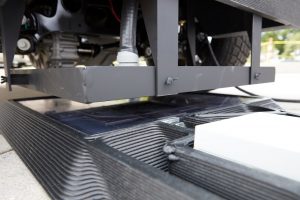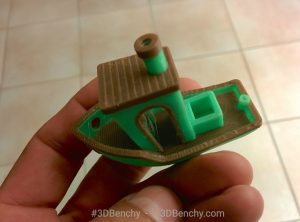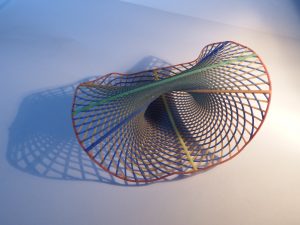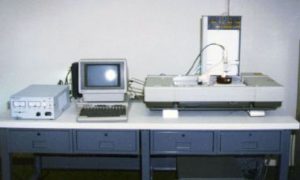This printing process allows to create three dimensional solid objects, by building up the object layer by layer. 3D printing is actually adopted in different sectors, and even at home.

Image source:
https://search.creativecommons.org/photos/cecb7e1d-8a08-4f8b-b9c6-352b814c2f48
A New Method for Printing
The term 3D printing refers to several processes for the creation of parts and products in different materials. What all these processes have in common is that each production is carried out by adding layer upon layer, while the traditional methods of production involved subtractive techniques. So 3D printing brings two fundamental innovations: the manipulation of objects in their digital format and the manufacturing of new shapes by the addition of material. Actually, applications of 3D printing are penetrating more widely and deeply not only across industrial but also consumer sectors.

Image source:
https://search.creativecommons.org/photos/93d2e5d9-3171-4a3d-b059-d608b742520f
3D Printing Process
The 3D printing process starts with a 3D digital model created in a variety of 3D software programs (usually CAD) or scanned with a 3D scanner. Then the model is sliced into different layers. The printing consists of laying down many successive layers of a material, which is solidified with a light or a laser. This process is known as “deposition”, and currently is employed by the majority of entry-level 3D printers.

Image source:
https://search.creativecommons.org/photos/1ef3f09c-ce2f-480f-aed5-479522886b9c by oakridgelabnews
Everything Started in the ’80s
The history of 3D printing begins in the ’70s when David E. H. Jones conceived for the first time a 3D printing in the journal New Scientist. During the 1980s early additive manufacturing equipment and materials were developed, and Hideo Kodama invented two additive methods for fabricating three-dimensional plastic models. The first 3D printing ever made was the SLA-1, invented in 1988. 3D printing methods were used especially for plastics. Anyway, the first affordable 3D printer was commercially available in 2009. .

Image source:
https://www.sculpteo.com/en/3d-learning-hub/basics-of-3d-printing/the-history-of-3d-printing/
Current Applications
3D printing was adopted in several sectors. Of course, prototyping is the largest one. The medical sector was an early adopter of 3D printing, especially for hip and knee implants. It was widely used also in aerospace development and prototyping and in the automotive sector. Automotive companies, following the aerospace sector, have made use of 3D printing for motorsport and F1 prototyping. Several artists and sculptors tried this technology in a myriad of different and innovative ways. The architecture was one of the first adopters, in order to print plastics and demonstration models. Lastly, also the fashion industry adopted 3D printing. A perfect example is Rem D. Koolhaas, nephew of the Pritzker Price winner Rem Koolhaas, who pioneered this technology in the footwear industry.

Image source:
https://www.technobuffalo.com/divergent-3d-printed-supercar Author: Brandon Russell
Info source:
https://www.sculpteo.com/en/3d-learning-hub/basics-of-3d-printing/the-history-of-3d-printing/
https://3dprintingindustry.com/
https://3dprinting.com/what-is-3d-printing/
https://en.wikipedia.org/wiki/Fused_filament_fabrication#Fused_deposition_modeling
